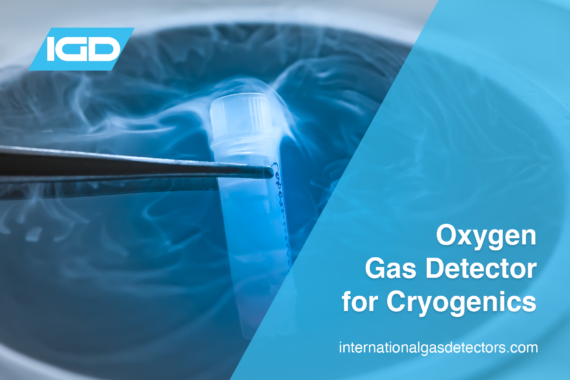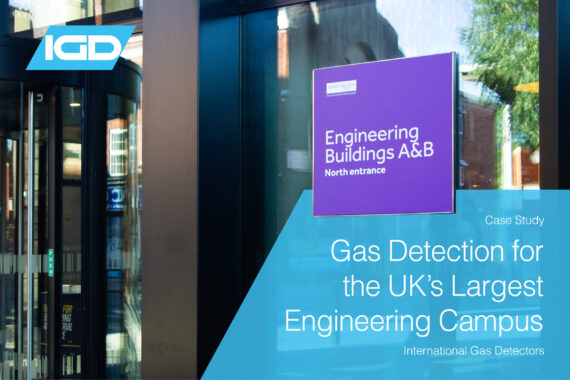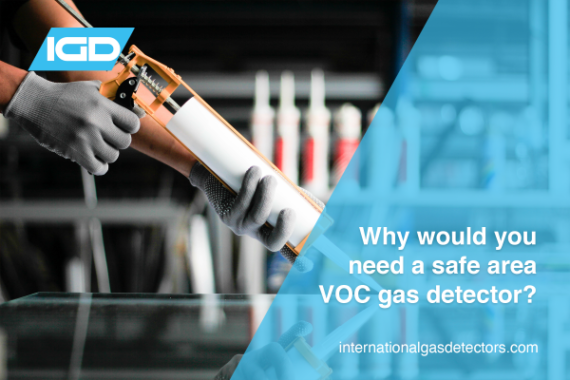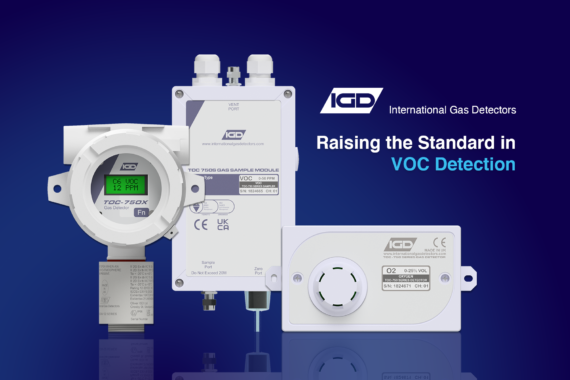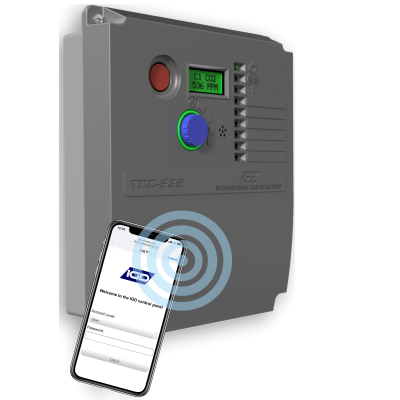The recent COP 26 summit in Glasgow made a large amount of promises in regard to pollution management. One of the main focuses of this summit was the mitigation of climate change, including the reduction of N2O gas emissions. Implementing a nitrous oxide monitors is proven to be the most effective way to reduce your N2O emissions, but why do I need to do this? And what is the most suitable, detectably better device for my application? Read on below for the best advice from our team of experts.
Implementing Oxygen Gas Detectors into Cryogenic Applications
The cryogenics industry involves production and handling of materials at very low temperatures, even as low as -196°C. This can be found in a wide range of industries depending on the type of work being undertaken (generally used in the medical sector such as in MRI units and laboratories). A wide range of gases can therefore be found in this industry due to the use of low-temperature liquified gases, meaning gas detection is essential to keep personnel safe from asphyxiation. IGD supply a full range of world renowned oxygen gas detectors, perfect for the cryogenics industry to help in mitigating these hazards, but first it is important to understand the hazards of the cryogenics industry.
VOC Issues in Heavy Industry and How VOC Monitors Can Help
Exposure to harmful volatile organic compounds (VOCs) can cause a variety of acute and chronic health problems. Since VOCs are produced in especially high concentrations in heavy industry, it’s essential for the safety and wellbeing of personnel that reliable and accurate VOC monitors are installed in these environments. In this post, we take a look at what VOCs are, the risks they pose in heavy industry, and how VOC monitors can help minimize these risks.
The UK’s Largest Engineering Campus Benefits from IGD’s Gas Detection Systems
International Gas Detectors (IGD) recently completed a large gas detection project in partnership with Medical Pipelines Services Ltd. The Manchester Engineering Campus Development, for the University of Manchester, is the UK’s largest engineering campus with over three hundred (300+) IGD TOC-750 addressable gas detectors protecting staff and students 24/7. Read our case study to learn more on how we helped University of Manchester protect staff and students 24/7 from gas leaks.
Where and Why Would You Need a Safe Area Approved VOC Gas Detector?
Gas detection is almost always categorised by being either fixed or portable detection, but each of these categories can be further classified as either ATEX or safe area area detection. ATEX rated gas detectors are suitable for explosive atmospheres, known as ATEX zones. These are areas where we can expect flammable gases and/or vapours to be present. Safe area detection is suitable for all other areas that aren’t explosive atmospheres, there are many examples. Our article aims to provide guidance and answer the question why and where you would use a safe area VOC gas detector.
Raising the Standard for VOC Detectors
International Gas Detectors Ltd are proud to introduce the release of a new range of PID (VOC) fixed detectors, as well as a new range of portable VOC detectors. These two big additions to our product range allow us to offer a full VOC detector range and provide the best possible detection for our customers. IGD have over a 100+ years manufacturing experience in gas detection and over two decades of PID detection experience. Read our article to learn how we are raising the standard for VOC detection.
New TOCSIN 635 Mounted Gas Detection Control Panel
When you require a gas detection system that is not only easy to use but also cost-effective and has a small footprint, then the all-new TOCSIN 635 mounted gas detection control panel is your solution


